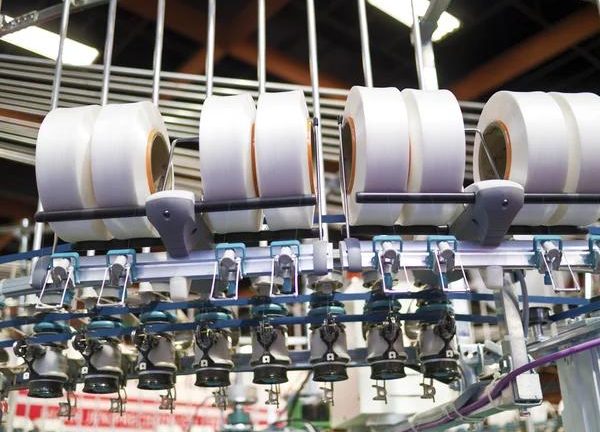The global textile industry is constantly evolving, driven by technological advancements, consumer demand, and cultural exchanges. One of the most significant trends in recent years has been the redefinition of traditional textile techniques through foreign influences. This fusion of styles and methods has resulted in a vibrant tapestry that celebrates diversity while also preserving heritage.
Historically, textiles have always been a medium for cultural expression. From the intricate batiks of Indonesia to the richly embroidered fabrics of India, each region has developed its own unique techniques to create patterns and designs that tell stories about their history and way of life. However, with globalization comes exposure to wwbluecrossnc.com different cultures and practices which can lead to an infusion of new ideas.
Foreign influences are mainly introduced through travel or migration where artisans from one country bring their skills and knowledge to another. For instance, Japanese Shibori dyeing techniques have gained popularity worldwide due to their distinctive aesthetic appeal. Similarly, Scandinavian weaving patterns are being incorporated into products across Europe and North America due to their minimalist yet functional design.
Moreover, collaborations between international fashion brands ostebizness.com and local artisans have become increasingly common igitalshadows.com as consumers seek unique pieces with a story behind them. These partnerships not only introduce traditional techniques into mainstream fashion but also merhabme.com provide sustainable livelihoods for artisan communities.
In addition, educational institutions play a vital role in promoting cross-cultural exchange within the textile industry. Many art schools offer workshops on traditional textile techniques from around the world as part of their curriculum or as extracurricular activities. This exposure at an academic level helps students develop an appreciation for different cultures while honing their skills.
Another factor contributing towards this trend is technology which allows easy access to resources online such as tutorials on traditional methods or platforms for buying handcrafted textiles directly from artisans worldwide. Social media platforms like Instagram serve longhsotcameras.com as virtual galleries where artists can showcase their work inspired by foreign influences thereby inspiring others too.
While these foreign influences are redefining traditional textile techniques they also raise concerns about cultural appropriation. Therefore, it is crucial that these exchanges are conducted respectfully by acknowledging the origins of the techniques and compensating the artisans fairly.
In conclusion, foreign influences have undeniably enriched traditional textile techniques adding a new dimension to this ancient craft. This cross-cultural shopofftheash.com exchange not only fosters creativity and innovation but also promotes cultural understanding and liamonecapital.com appreciation. As we continue to navigate our way in an increasingly interconnected world, it is exciting to see how these evolving dynamics will shape the future floerecords.com of textiles.

